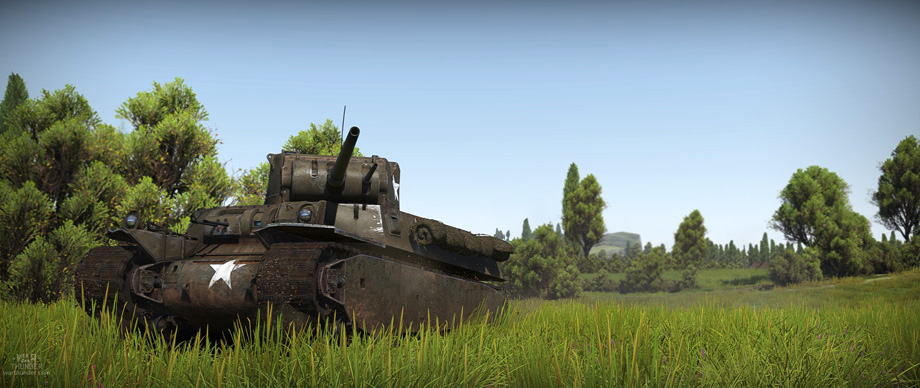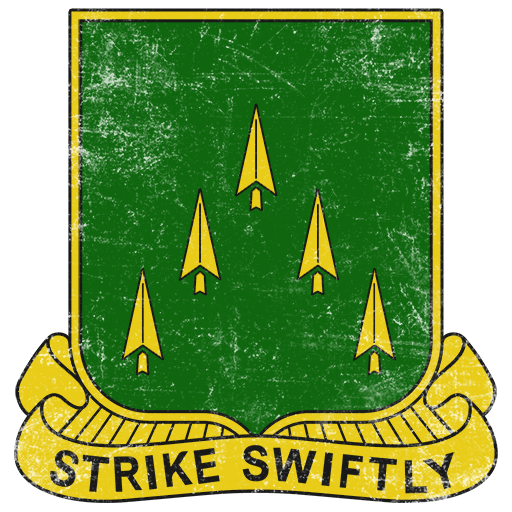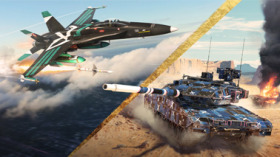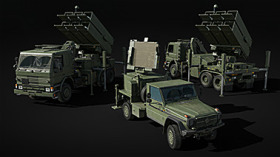
- For PC
- For MAC
- For Linux
- OS: Windows 10 (64 bit)
- Processor: Dual-Core 2.2 GHz
- Memory: 4GB
- Video Card: DirectX 11 level video card: AMD Radeon 77XX / NVIDIA GeForce GTX 660. The minimum supported resolution for the game is 720p.
- Network: Broadband Internet connection
- Hard Drive: 22.1 GB (Minimal client)
- OS: Windows 10/11 (64 bit)
- Processor: Intel Core i5 or Ryzen 5 3600 and better
- Memory: 16 GB and more
- Video Card: DirectX 11 level video card or higher and drivers: Nvidia GeForce 1060 and higher, Radeon RX 570 and higher
- Network: Broadband Internet connection
- Hard Drive: 62.2 GB (Full client)
- OS: Mac OS Big Sur 11.0 or newer
- Processor: Core i5, minimum 2.2GHz (Intel Xeon is not supported)
- Memory: 6 GB
- Video Card: Intel Iris Pro 5200 (Mac), or analog from AMD/Nvidia for Mac. Minimum supported resolution for the game is 720p with Metal support.
- Network: Broadband Internet connection
- Hard Drive: 22.1 GB (Minimal client)
- OS: Mac OS Big Sur 11.0 or newer
- Processor: Core i7 (Intel Xeon is not supported)
- Memory: 8 GB
- Video Card: Radeon Vega II or higher with Metal support.
- Network: Broadband Internet connection
- Hard Drive: 62.2 GB (Full client)
- OS: Most modern 64bit Linux distributions
- Processor: Dual-Core 2.4 GHz
- Memory: 4 GB
- Video Card: NVIDIA 660 with latest proprietary drivers (not older than 6 months) / similar AMD with latest proprietary drivers (not older than 6 months; the minimum supported resolution for the game is 720p) with Vulkan support.
- Network: Broadband Internet connection
- Hard Drive: 22.1 GB (Minimal client)
- OS: Ubuntu 20.04 64bit
- Processor: Intel Core i7
- Memory: 16 GB
- Video Card: NVIDIA 1060 with latest proprietary drivers (not older than 6 months) / similar AMD (Radeon RX 570) with latest proprietary drivers (not older than 6 months) with Vulkan support.
- Network: Broadband Internet connection
- Hard Drive: 62.2 GB (Full client)
The M6A1 in War Thunder. You can also read more about it in our official War Thunder Wiki!
The M6A1 in War Thunder
In War Thunder, the M6A1 is an American rank III heavy tank with a BR currently of 5.0, the first heavy tank. It weighs 62.6 tons (56.8 tonnes), and it has top speed of 22 mph (35 kph), which it can reach in 8.4 seconds. With all modifications, the turret can complete a full 360° circle in 20 seconds, giving it a traverse of 18° per second. With a fully trained loader, reload time for the 3” (76 mm) gun is 6.2 seconds (giving it rate of fire of 9.7 rounds per minute), while the 3” gun is reloaded in 3 seconds (20 rounds per minute). The ammunition capacity is 75 rounds for the main gun, and 202 rounds for the coaxial gun.
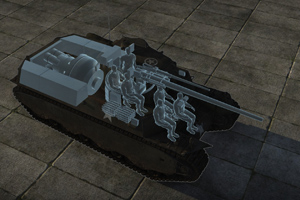 |
| An X-Ray View of the M6A1 |
Regarding armour protection, the thickest part of it in the frontal armour is the lower glacis with 101.6 mm thickness. Upper frontal glacis is 82.5 mm thick, and the intersection between the upper and lower glacis is 69.8 mm thick. Combined thickness of the turret’s front is 101.6 mm of armour, and the thickest part of the turret is the mantlet’s edge, being 250 mm thick. Turret’s side and rear armour is 82.5 mm thick. Upper side armour has 44.4 mm of armour, while lower side armour, behind the tracks, is 69.8 mm thick and augmented by additional 25.4 mm plate covering the suspension. Rear armour is up to 44.4 mm on the rear of side sponsons.
The main 3” M7 gun can utilize two types of ammunition - M79 AP basic round, and M62 APCBC unlockable round. At point blank range and depending on angle of attack (AOA), the M79 round can penetrate 155 mm (0° AOA), 139 mm (30° AOA) or 56 mm (60° AOA) of armour respectively, while at the range of 2000 meters, these values drop to 72/64/26 mm. Improved M62 APCBC round with explosive filler can then penetrate 127/115/56 mm of armour at the point blank, while at the range of 2000 meters, the shell can penetrate 89/80/39 mm- For the 37 mm M3 gun, basic M74B1 AP round penetration values are 90/80/32 at point blank range, and 27/24/9 at the range of 2000 meters. Improved M51B1/B2 APC round values are 79/71/35 at the point blank range, and 43/38/19 at the range of 2000 meters.
The M6A1 is designated as a heavy tank, but don’t let this fool you. The armour protection is actually quite ineffective, as an absolute, most of guns on a given BR range will have no trouble penetrating your frontal armour. The main 3” gun has adequate firepower at the given BR, but the secondary 37mm gun is useful only as a weapon of last resort when your main gun is disabled, or as a distraction. Acceleration is good, but hull traverse is poor, and the tank itself is a large and tall target. Compared to the M4A2(76)W Sherman medium tank at the same BR, which offers the same main gun and only slightly weaker armour protection with a much better mobility, the only advantages of the M6A1 are thicker turret armour, and rear-mounted transmission much less prone to damage. That said, the tank requires cautious play style and it is recommended to play it as a second line support vehicle, as it does not have the armour to lead the charge, firepower to act as a long range sniper, or mobility to act as a flanker.
To sum things up, the M6A1 is rather odd vehicle, with many players considering it sort of a white elephant. But in hands of a skilled player, brave enough to overcome all disadvantages, it can achieve great results nevertheless.
The M6A1 in History
During the interwar years, tank development was largely neglected in United States. This changed after an outbreak of Second World War. Under impression made by effective use of tanks by Germans during 1940 , US Army Ordnance Corps ordered a development of a new heavy tank in 1940. Initially, the design was planned as a multi-turreted tank with four turrets, designated as Heavy Tank M1. However, its concept was proven as obsolete, and the tank was redesigned to have only a one turret, housing two guns - main 3-inch (76.2 mm) high-velocity gun, derived from T9 anti-aircraft gun (later standardized as M7), and coaxial 37 mm M5E1 gun. Armour thickness then varied between 25.4 mm and 101.6 mm.
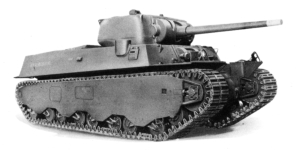 |
| Historical illustration of the M6A1 |
Due to tank’s weight, a suitable powerplant was needed. It was then decided to use Wright G-200 9-cylinder air-cooled radial engine, which produced 950 horsepower at 2300 RPM. However, there was no automotive transmission available for engine of this power. Various systems were proposed - gas-electric transmission, conventional synchromesh transmission and Hydramatic automatic transmission. The latter was chosen, with electric and torque converter transmissions being recommended for further study. Hydra Matic transmission was however very problematic, and prototype featuring it was never finished. Instead, three prototypes were completed between 1941-1942, one equipped with electric transmission and cast hull (designated as T1E1), and two with torque converter transmission (T1E2 with cast hull and T1E3 with welded hull). After a series of tests, the tank was accepted into production in December 1942 under designation of M6 (based on the T1E2), and M6A1 (based on the T1E3).
However, by the time first M6’s were completed, the US Army lost interest. This was caused not only by the disadvantages of the design (such as large silhouette, logistics problems, impractical internal layout and reliability issues), but also by a fact, that M4 Sherman medium tank suited the needs of US Army while being much lighter, cheaper, more reliable and easier to transport. M6, on the other hand, was simply too heavy and slow to be a viable tactical asset. Subsequent operational trials in Fort Knox in early 1943 discovered even more flaws of M6 - 37 mm coaxial gun was deemed useless, and main 76.2 mm gun lacked the firepower needed for a heavy tank. Several attempts were made to improve the design (such as T1E1 prototype with 90 mm gun, or M6A2E1 with thicker armour, 105 mm gun and a new turret), but despite these efforts, M6 was declared obsolete in 1944. Only forty M6 and M6A1 tanks were ever produced, including prototypes, and none of them were ever used operationally. All units were then scrapped except a single T1E1 prototype, which is now on display at the US Army Ordnance Museum in Aberdeen.
Author: Jan "RayPal" Kozák
In one of the following Updates, we will include the
Emblem of the 70th Armor Regiment to War Thunder:
Decal created by Branislav "InkaL" Mirkov
